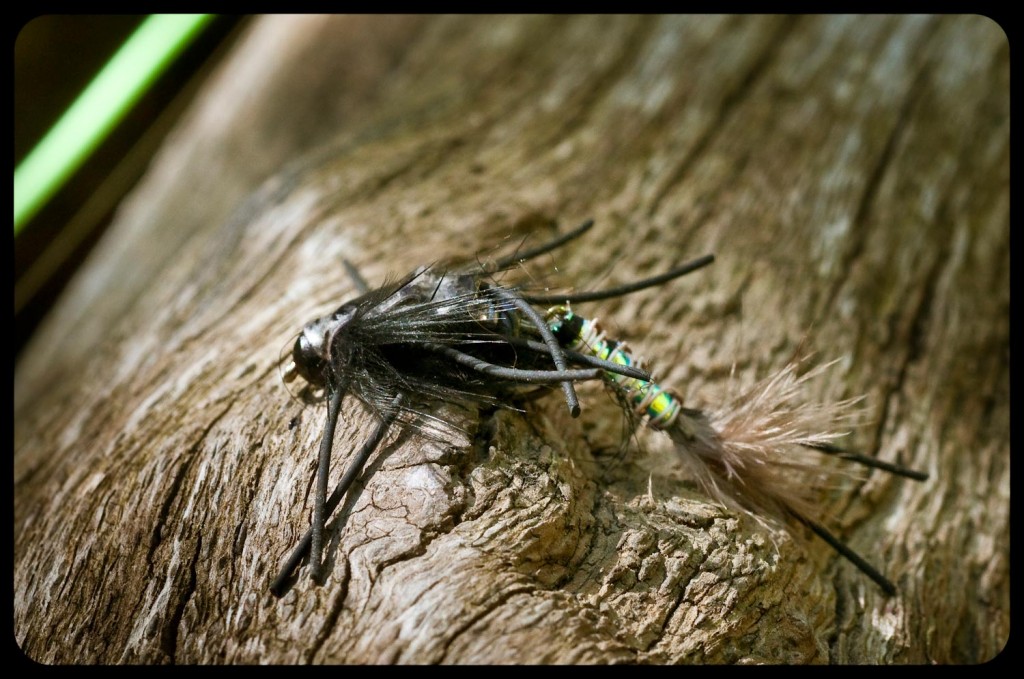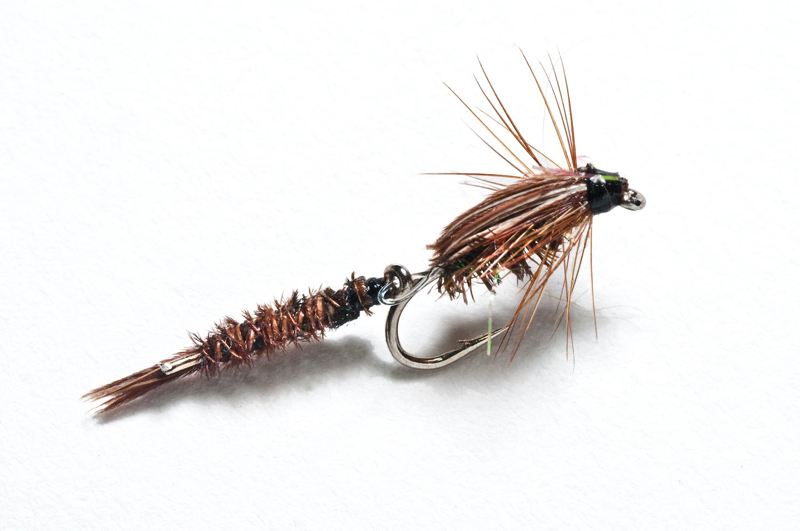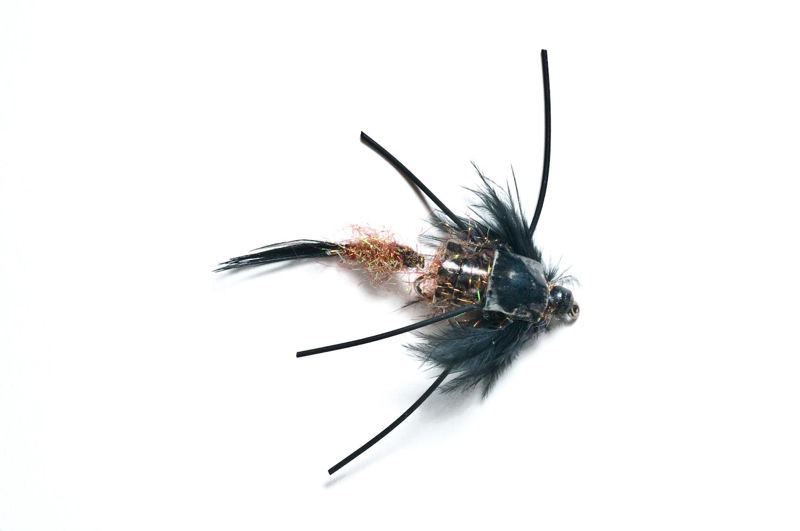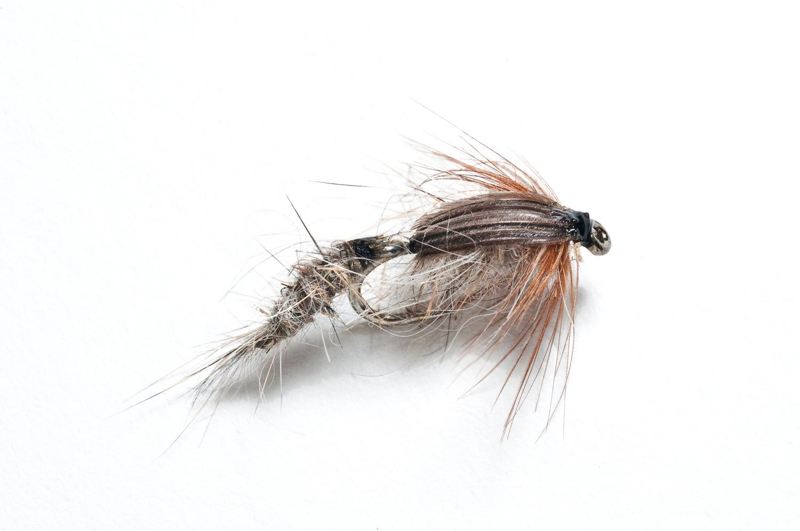If you pull any serious streamer fisherman aside and ask them to name their favorite streamer pattern, chances are the fly pattern will be articulated.
Ask the same question instead to a serious nymph fisherman, and most will answer with names of nymphs that aren’t articulated. I agree you don’t have to fish articulated nymph patterns to catch trout, but I do find it a little odd that we aren’t seeing more of them in the spot light today. As far as I can tell, the concept has been around almost as long as articulated streamers have. The last couple of years I’ve started to incorporate articulation into my fly tying for many of my nymph patterns. Just about all of them have done very well for me on the water. In some cases, my articulated versions have caught trout 3 to 1 over the traditional non-articulated versions. You can’t tie all nymphs articulated because many fly patterns and species of aquatic micro-invertabrates are far too small. However, with some practice, most fly tiers will find it’s pretty easy to tie articulated nymph patterns as small as a standard size 16 nymph hook.
For the most of my fly fishing career, I thought the majority of aquatic nymphs were poor swimmers. I pictured them in my head spending most of their time drifting helplessly in the current incapable of generating enough propulsion to maneuver around. The fact is, most nymphs, particularly mayflies, are very good swimmers. Take a couple minutes to view these video links of aquatic insect larva swimming in the water, and it will blow your mind. After viewing these videos I think you’ll begin to understand how valuable articulated nymphs can be at imitating the movements of swimming nymphs.
Keep it Reel,
Kent Klewein Gink & Gasoline www.ginkandgasoline.com hookups@ginkandgasoline.com Sign Up For Our Weekly Newsletter!
Sign Up For Our Weekly Newsletter!





Kent,
Interesting post. What kind of water conditions were you fishing in where an articulated nymph out fished the normal pattern? That might help readers test out your theory.
I could see it maybe enticing strikes in slow moving water with twitching/stripping action as I’ve had jigged buggers that worked well in this manner…
Here are questions for thought which I don’t have the answers to…
Certainly jigged movements and/or articulated patterns can be really effective when the fish can actually see the action and their brain says “food–go!” But clearly sometimes trout only have a split second to see a possible food source, it passes the “go” test and they commit to eating it. Would they even be able to make out any articulated action in that amount of time? What about with stained water conditions? Is the articulation of a small nymph sensed by the lateral line?
Are you stripping a nymph to make it jig/articulate? What about dead drift–are the two pieces just moving whatever direction the current is pushing them and if so, does it help?
Articulated streamers, yes! To me, the rewards for fishing articulated nymph are few.
Streamers aside, I find I catch more trout with non-articulated nymphs because I’ll dredge them into more snags and garbage than I will with an articulated nymph that took more time to tie. I know it’s not indicative of the fly pattern being superior, but I can spin up 3 to 1 in time at the vice non-articulated vs articulated so I care less about losing them. So much of fishing is mental… in this case focusing on a better drift even at the risk of the rig results in more fish than a superior fly in a lesser drift. Just my personal take!
I had a friend, a few years back, who really liked articulated flies in both rivers and stillwater, and for both trout and steelhead. He had a presentation style I have never seen again. He would guide the rod, holding it above the reel with his off hand, tight line, and then tap the butt end with his other hand to throw little vibrations in the fly. Because his two hands formed a fulcrum, a slight tap to the butt, and the ensuing tip movement would cause the fly to “dance.” You would never get such movement by only manipulating the line.